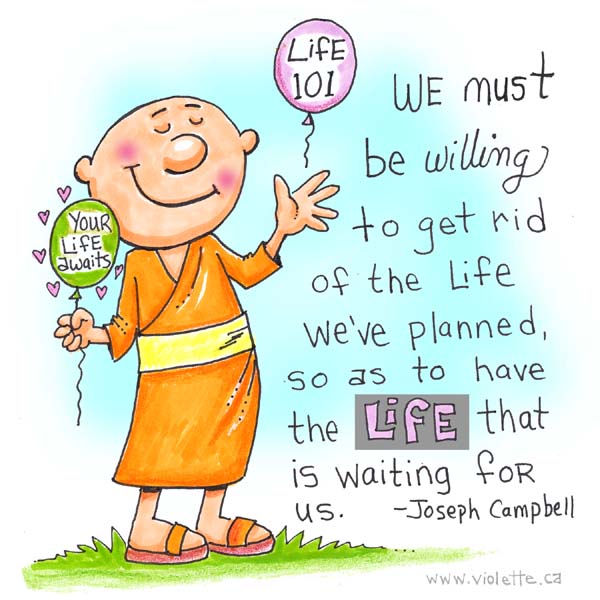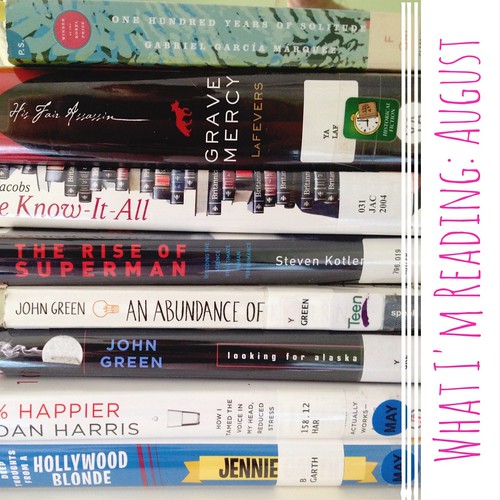 Overwhelmed by all there is to do in your handmade business?
Overwhelmed by all there is to do in your handmade business?
What should you spend your (limited) time on?
What will actually make the difference in your profitability and your happiness?
If you feel overwhelmed or scattered, you’re not alone.
 “I was completely scattered. I was being pulled into 50 million (or so it seemed) directions because everyone out there had a thing “I should be doing.” Lift off made me realize, through consistent well thought out weekly lessons, that it's OK to do what I want to be doing, and to start to form a plan to get my business to be what I want it to be and to do only the things that work for me. And it is working!”
“I was completely scattered. I was being pulled into 50 million (or so it seemed) directions because everyone out there had a thing “I should be doing.” Lift off made me realize, through consistent well thought out weekly lessons, that it's OK to do what I want to be doing, and to start to form a plan to get my business to be what I want it to be and to do only the things that work for me. And it is working!”
-Karen Whooley

If you try to do everything and follow all of the advice, you’ll wear yourself out, without seeing any real change. And you’re not alone: there are so many makers and artists doing exactly this – running in circles, trying everything, getting nowhere.
The solution?
Focus in on what matters.
- Your own definition of success
- Profitability
- A marketing plan you’ll stick with
- Effectively using your time
These are the four foundations of a thriving business. Without one of them, the others don’t matter. Everything you could be doing either fits into one of these, or you don’t need to worry about it.

I was so discouraged. I was crushed. I thought more than once about closing Yarn Love just so I wouldn’t have to deal with disappointing myself and my husband.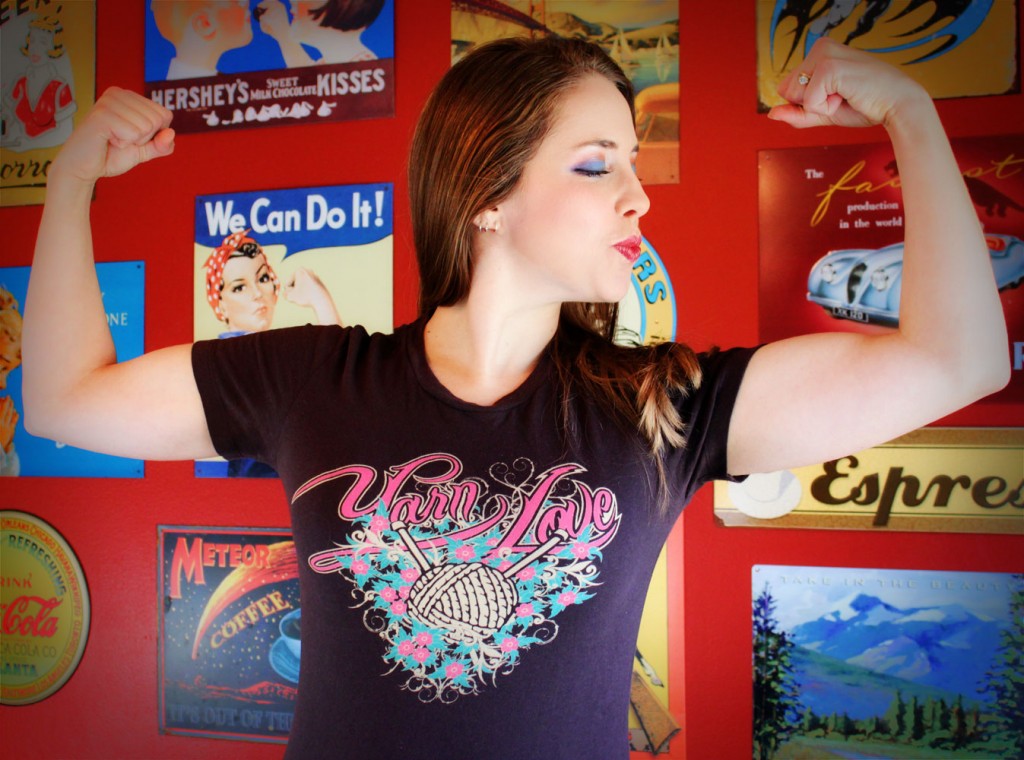
But I didn’t. I found you.
I dug your book off my shelf and got started. I gave myself 6 months to turn things around. Along the way I purchased your Map Making guide to help me with a tidy, executable plan, because I can work a plan like nobody’s business.
I’m 6 weeks into my first quarterly map.
I HAVE EXCEEDED MY INCOME GOAL!
In 6 weeks, I have made more than $5000 of profit. I have streamlined my business processes. I have spent half of every other day at the pool with my kids. (In other words, I’m rocking family life and having fun, too.)
So thank you, Tara. You were just what I needed. There aren’t enough words in the English language to express my gratitude for your help and insights.”
-Katie, of YarnLove

Ready to defeat overwhelm by focusing on what matters?
Want to feel clear about where you're going?
Want to KNOW that your handmade biz is profitable?
Want to know how to talk about your work?
It's time to stop going in circles, and Lift Off.
In Lift Off, you'll get clear on where you want to go (what are your bigger dreams and plans?).
Then, we’ll make it do-able by breaking it down to specific to-dos (and you’ll stay flexible by revisiting these plans regularly).
Finally, you’ll reinforce (or build) the very foundations of your business:
Pricing + Profitability (How does your business make money? How could it make even more, easily?)
Marketing (Who are you talking to and how can you reach them?)
Effectiveness (What do you need to get done and when will you do it?)
Defeat Overwhelm. Focus ONLY on what matters.
In this 6 month program, you will create the foundations that prepare your business for sustainability, longevity, and ease. You’ll do the math for your Right Price, discover your profitability points, learn how to talk about your work, create a marketing plan, and explore the systems that work best for the business you have.
Lift Off is $499, or you can join with a payment plan of $85/mo for 6 months.
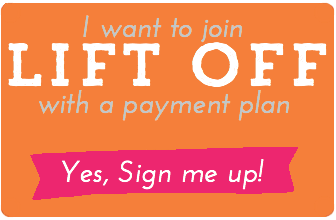
Or join with a one-time payment of $499.
Lift Off is delivered via email, every week, for 26 weeks.
Each email will contain a new lesson that builds on the previous week, along with worksheets, audio or video lessons, and written transcripts – so that you don’t just learn, you apply it to YOUR business.
These lessons will guide you through the process of turning your shop into a thriving business. You will receive:
- Chart Your Stars – In this business-orienting, week-long course, you'll get clear about where you are now, and where you wanna go. Identify your big vision for your business and the North Stars that will guide your adventure.
- Map Making – Set a goal for the next three months and then make a map to get you there. (You’ll do this twice!)
- Pay Yourself – In this 4-week course, get clear about the entire money picture of your business. Discover your own Break-Even Point, where you’re most profitable, and exactly what you’ll need to do to reach your own profit goals.
- Pricing 101 – In this 2-day course, do the math on your actual products and make sure your price is in alignment with what you need.
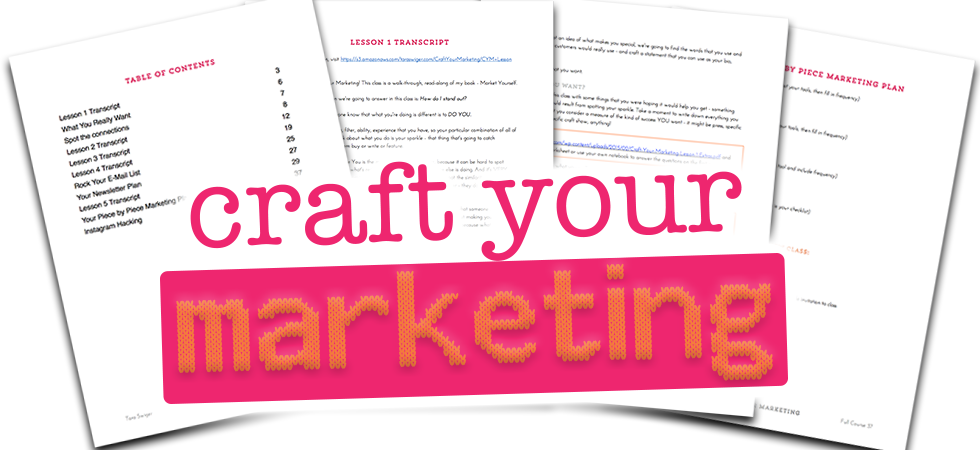
- Craft Your Marketing – You will get a signed, printed copy of my book, mailed right to your house. The accompanying email lessons will help you communicate:
- Your message
- Your people
- The tools you'll use to reach your people
- At the end of this course, you’ll create your own marketing plan, to start using right away.
- Wrangle Your Time – Learn when you work best, and develop your own system for being as productive (and creative) as you can be.
- Holiday Sanity – 4 weeks of planning for your holidays in a no-stress, no-should way. Expect a Cookie Party. Yes.
At the end of every month, you’ll pause from new lessons for an Energize Week: you’ll review the last month in your business and reflect on the lessons you’ve learned. You’ll also pause at the halfway mark (April) to make another map that encompasses what you’ve learned, your new goals, and where you wanna go next. And you can ask me any of your questions during monthly group coaching calls (this is new for 2016!).
Lift Off is $499, or you can join with a payment plan of $85/mo for 6 months.

Or join with a one-time payment of $499.
What, exactly, you’re getting:
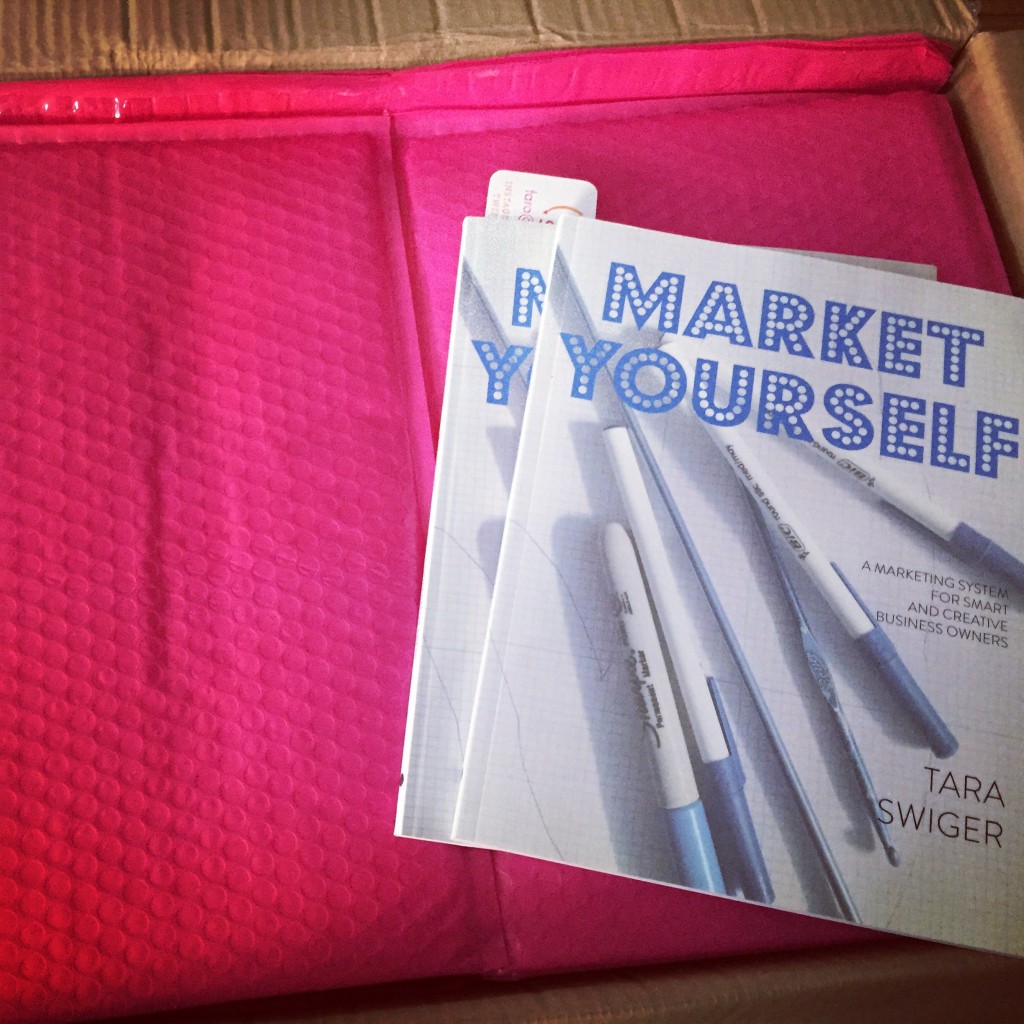
- 26 weeks of emailed lessons, which will include written lessons, PDF worksheets, audio and video instruction. (Because several weeks have daily emails, you get over 59 individual emailed lessons.) This includes classes that aren’t available anywhere else.
- A signed, printed copy of my book, sent directly to your house.
- Access to monthly group coaching calls, where you can ask me any of your questions. (You'll also get recordings of these calls!)
- $100 off the Starship, if you choose to join after Lift Off.
The Schedule (click to expand)Week 1: Lift Off! Begin the Chart Your Stars Guide, and over the next week work through learning from the last year in your business and preparing for the future.
Week 2: Map Making
Week 3: Pay Yourself Lesson 1
Week 4: Energize! With the Monthly Reassessment worksheet, look back at the previous month, take note of your numbers + lessons and get ready to move on!
Week 5: Pay Yourself Lesson 2
Week 6: Pay Yourself Lesson 3
Week 7: Pay Yourself Lesson 4
Week 8: Energize! With the Monthly Reassessment worksheet, look back at the previous month, take note of your numbers + lessons and get ready to move on!
Week 9: Pay Yourself Lesson 5 + 6
Week 10: Pricing 101 #1
Week 11: Pricing 101 #2
Week 12: Energize! With the Monthly Reassessment worksheet, look back at the previous month, take note of your numbers + lessons and get ready to move on!
Week 13: Craft Your Marketing: Your Sparkle
Week 14: Craft Your Marketing: Your People
Week 15: Craft Your Marketing: Tools
Week 16: Energize! With the Monthly Reassessment worksheet, look back at the previous month, take note of your numbers + lessons and get ready to move on!
Week 17: Map Making
Week 18: Craft Your Marketing:Your Marketing Plan
Week 19: Craft Your Marketing: Using email newsletters to soar.
Week 20: Energize!
Week 21: Wrangle Your Time: Lesson 1
Week 22: Wrangle Your Time: Lesson 2
Week 23: Wrangle Your Time: Lesson 3
Week 24: Energize!
Week 25: Wrangle Your Time: Final Lesson
Week 26: Holiday Sanity: Lessons 1&2
Week 27: Energize! and Holiday Sanity Lesson 3
Week 28: Holiday Sanity: Lesson 4
Week 29: Holiday Sanity: Lesson 5 & Final Wrap-Up
“I was blown away– and kept very busy– by the amount of detail in the course, the nitty-gritty and the how, mixed in with the why and the why we resist this stuff. So not only do we feel great, but we've been able to improve and build upon our 15 years' experience to immediately reap the benefits of what we're learning.”
–Erica B.
Who this is for:
- You know what you sell, and you’ve opened your shop (or very nearly)… but you don’t know what to do next. How do you turn a collection of items into a real, thriving business?
- You’re not sure how to talk about your work, where you should share it, or what you should say. The whole “marketing” thing feels overwhelming.
- You’re not entirely sure this is all “going to work out.” You need to know some specifics about your money, your marketing, your path.
This is not for you if:
- You are still in the “planning” stage of business. There is a big difference between “thinking” and “doing” and these lessons are for business owners who are taking action, trying things, and learning from experience. (More on the difference here.) You won’t be able to fill in many of these worksheets if you haven’t determined what you sell, where you sell it, and what you charge for it.
- You want personalized help with your business. Join the Starship to get everything listed here + a weekly group chat with me + 2 one-on-one sessions with me per year. (If you just want the one-on-one help, as a Lift Off-er, you’ll save $50 on a session.)
Lift Off is $499, or you can join with a payment plan of $85/mo for 6 months.

Or join with a one-time payment of $499.
What happens next…
When you click the buy link, you'll see a pop-up where you enter your information. After you complete payment, you'll be whisked to a Thank You page with my gratitude. You'll also immediately receive a welcome email, followed by the course e-mails which will come automatically after that point.
 “When I found Tara, my business was about 6 years old. It was growing steadily, but slowly. I had an idea of what I thought I needed to do and I tried to do those things. But in my efforts to follow what I thought others in my creative area were doing, I didn't get very good results. I was starting to doubt my business, my skills and my vision.
“When I found Tara, my business was about 6 years old. It was growing steadily, but slowly. I had an idea of what I thought I needed to do and I tried to do those things. But in my efforts to follow what I thought others in my creative area were doing, I didn't get very good results. I was starting to doubt my business, my skills and my vision.
Tara totally gets my business and me. By the end of class, I had a map of what I needed to do. No longer was I flailing about, trying to figure it all out on my own. Now I had steps and direction. It's been a couple of months since I've been working on my to-do list. My website and Etsy store are in sync with each other. My newsletters are more focused and my website traffic is busy every day!
Thank you, Tara, for helping me feel in control of my business and less overwhelmed about it!
I look forward to big things this year as I let my sparkle out to meet my customers.”
-Lisa Check, Flying Goat Farms
Because everyone deserves a strong foundation…
For every new member of Lift Off, I'm adding $5 to my monthly donation to Feeding America, an organization that provides food for hungry families. A single dollar feeds ten families, so your Lift Off Membership will feed 50 families, every MONTH. That's 300 families fed by you, during your six month program.
Got a question? Click to expand! What if I change my mind?
Lift Off is a resource for those who are ready to work on their business. Before you buy, please read the above page carefully and thoroughly. If you have questions, email me. Don’t buy until you’re ready to commit.
By joining with a payment plan, you are committing to pay for the entire course. If you stop your payment plan before it completes (all 6 payments), you will immediately lose access to all of the lessons.
Refund policy:
Lift Off only works if you do.You may request a refund within 90 days of joining – if you've listened to the lessons, filled out the workbooks, and worked on your business (send us the proof!) and still aren't happy with your results, I will gladly refund you 100% of what you've paid so far.
How long do I have to make a decision if I want to join Lift Off?
Lift Off only runs twice a year (Jan-June, July-December). The open enrollment period closes on June 24th. The next enrollment period will be December 2016.
How will materials be delivered?
These courses are all delivered digitally. You'll receive an email each week with that week's lesson, which will include a link to a page with the full lesson, worksheets, audio and video materials.
When does it start?
As soon as you buy!
How much time will this take?
It depends on you and how much you already know about your business! The earlier weeks will take more time (around 30 minutes per day), as you get clear about the direction you want your business to go. After Chart Your Stars and Map Making, most lessons will take about 1 hour per week.
I'm not a maker or designer, will Lift Off still work for me?
Absolutely! If you are building a business based on your own passion and skills (writer, maker, fine artist, yarn or comic book shop owner, farmer), Lift Off will help you define your goals, create a do-able plan, get profitable and share it (marketing!) in a way that fits with your life. If you sell services (coach or consultant), everything but two lessons of Pay Yourself will still apply. (Pay Yourself is specifically written for finding the profitability of a product, but most lessons still apply to any type of business.)
Past students said:
Want all of the above, plus accountability and support?
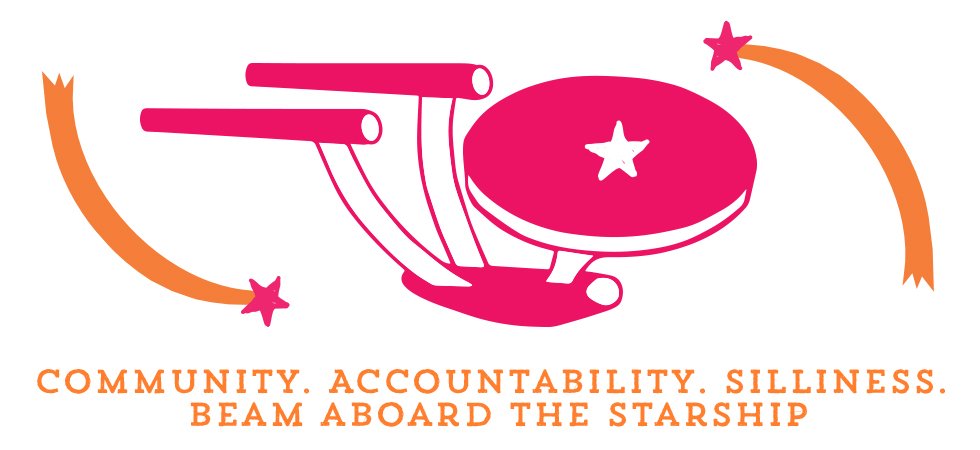
When you don't know what to do next.
When you've done everything you can think of in your creative business and it still isn't quite what you want. When you've read the books, taken the classes, opened the shop, taken the pictures, written the descriptions.
But you're not there yet. Not where you want to be and not certain how to get there. That not-knowing is a cold + lonely space.
The solution is not simply another class, another book, another pro/con list.
The answer is in an adventure. An adventure in defining where you really want to go. An exploration into finding the path to your (dream) destination. A map built for you. You, with your own particular sparkle, skills and style.
And a friendly crew to help you get there. A crew that has done it before (crafted their ideal business, approached a shop, sold at a craft show, written a book – wherever your journey leads you, there's someone on our crew who has adventured into that space) and that will hold you (gently) accountable on the tiny things that fly you towards your dream destination.
I've been on that planet. I've adventured through the space of a sustainable business.
For over 10 years, I've crafted a business (and life) that supports me – and it all started with yarn.
First, I built my handmade yarn business, so I could quit my day job. But 2 months after quitting my day job (yay!) my husband lost his job (boo!). And our car exploded. And our house got broken into and everything of value was stolen. So: I built a business that supports my entire family. I read the books, the blogs, the experts. I experimented and tested and kept track of everything that worked (and didn't). I found a community to support me. To hold me accountable. To ask those late-night-panic questions.
It took the combination of the learning + the community to make my business fly. I want you to have the same adventure, without those scary lost-in-the-darkness-of-space moments.
To support your adventure, I've combined everything you need: Regular map-making, a crew of smart captains, weekly accountability and a space to ask your questions, 24/7.
What is The Starship?
• Weekly, gentle accountability check-ins where you get to ask me anything you like, in the text-based chatroom Holodeck
• Quarterly Map-Making sessions. Four times a year we set new, reachable goals and boil it down to Next Steps (that actually get done). You make a map to guide your next three months.
• Over 15 classes + guides aimed at exploring different aspects of growth, each with apply-it-to-your-own business worksheets. They are ready for you to download and work through as soon as you like, along with Lift Off, which will walk you through the foundational classes, via weekly emails.
• A private, online space to ask me (and all the other Captains on board) your questions + get specific Do This Next steps or encouragement
Not just for a month, but for an entire year.
Beam up now, to get the forums, chats, classes and a community of supportive Captains for 12 months, for 12 monthly payments of $86 or a one-time payment plan of $999.
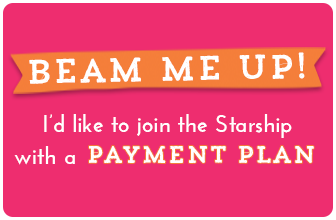
Or pay with a one time payment of $999.
There are 25 15 spots left.

 This doesn't come with a magic powder that makes everything instantly “better”. But what it did do is make me sit down and look at my business from top to bottom, in all the little nooks and crannies that were neglected and full of dust bunnies, and clean it up. It made me examine why I'm charging the prices I am, what my goals are, what I am spending my work time doing and why. It made me see the systems that I *do* have in place and helped me put in new ones.
This doesn't come with a magic powder that makes everything instantly “better”. But what it did do is make me sit down and look at my business from top to bottom, in all the little nooks and crannies that were neglected and full of dust bunnies, and clean it up. It made me examine why I'm charging the prices I am, what my goals are, what I am spending my work time doing and why. It made me see the systems that I *do* have in place and helped me put in new ones.
Each section of this course, as with all of Tara's classes, has been full of lightbulb moments whether I completed that section or not. I wouldn't want anyone but Tara holding my hand as I work through all of this stuff. It's been brilliant (and overwhelming, and tough, and totally worth it.)
– Joeli Kelley

What the Starship really does for you:
- Answers your 3 am questions, so you're not up all night trying to figure out what to do. Your answers may come in the form of a class, a forum post by someone else, or the opportunity to ask in the forums and someone will be by to help you with it.
- Gently holds you accountable. When you share your goals, your intentions and just your weekly plan, you give it power. When we know what you're doing, and ask you (sweetly, gently) how it's going, you rise to the occasion, and actually get stuff done.
- Envelops you in the friendly warmth of coworkers without ever actually getting out of your pjs. Yep, everyone in this space is working on the same goal (a creative biz!) but in our own ways. So whenever you're feeling lonely or confuzzled, walk out to the water cooler and get some feedback or a cup of tea.
- Connects you with resources. Whether it's the answer to a question or just the person who can help you spread the word, the Starship will be gently hooking you up into a support system that will biggify you in a million ways.
More than anything, the Starship takes you where you want to go.
With the Map-Making, you define your destination. With the check-ins, you stay on the course. And with Laserbeams of Clarity (our live Q+A sessions), we zap anything in the way.

The heart of the Starship is our weekly Holodeck Parties.
This is where we all get together for a weekly check-in (in our chatroom/Holodeck) and you answer the questions: Whatcha workin' on? What's going well? How can we help? I'm there for help, encouragement, and my undivided attention… and so are lots of other small-biz smarties.
The chat takes place every Wednesday at 2pm EDT, every single week. If you can't make it, there's an active check-in thread where the community will support you!

 I try to make it to the Starship chats every week. I find that Tara's questions help me look back at my whole week (instead of just the past day or two) and see what I've accomplished, where there were challenges, and marvel at how much really got done. Plus, Tara and my fellow Starshippers are great at brainstorming ideas and finding a way past the maze of “shoulds” and “buts” to some great solutions to seemingly difficult problems.Even if I don't put the advice to work right away, the Starship chats always help me check my course and make sure I'm not about to sail myself off a cliff.
I try to make it to the Starship chats every week. I find that Tara's questions help me look back at my whole week (instead of just the past day or two) and see what I've accomplished, where there were challenges, and marvel at how much really got done. Plus, Tara and my fellow Starshippers are great at brainstorming ideas and finding a way past the maze of “shoulds” and “buts” to some great solutions to seemingly difficult problems.Even if I don't put the advice to work right away, the Starship chats always help me check my course and make sure I'm not about to sail myself off a cliff.
-Amy Crook, artist

Got something specific to work on?
Check out the classes in the library (immediately + continuously accessible):
- Chart Your Stars – Plan, dream, get real + get ideal on your next year in business. And then it bring it to the Starship + get use-it-now advice.
- Map-Making Guide – Step by step plan to take you from where you ARE to where you WANT TO BE. Includes 6 worksheets and 3 colorful maps.
- Wrangle Your Time – Learn when you work best, and develop your own system for being as productive (and creative) as you can be.
- Explore You – This three week course helps you improve one area of your business through attention and exploration.
- Pay Yourself – 6 video lessons + apply-it-now worksheets on finding the profit in your current business and paying yourself (finally).
- From Hi to Buy: Craft your Customer Path – 4 audio lessons, 12 written lessons, and 7 worksheets to identify + improve the path your customers take to you – including what and how to write your blog, email newsletter, and social media.
- Automagical Email Series – Connect with your people in a regular, easy way. This e-course walks you through your options as you plan your first series, with 4 videos and a workbook.
- How to Talk About Your Work – In this three-part class you'll find the right words to describe your work and who it's for.
- Busting the Blog Myth: Creating a blog that gets you want you want – My collaboration with Diane of Craftypod.com, this workbook has 4 lessons and 6 worksheets to move your blog from eh to oh yeah!
- Finding + Wooing your Right People – Your guide to finding buyers, keeping them happy, all while staying true to the you-ness that keeps them smitten.
- Right People 201: Dig deep into who your Right People are and where you'll find them.
- Pricing your Handmade Awesomeness – Stop stressing if the price is right. This class includes 3 mathematical equations to find your price AND talks about the harder, emotional stuff that goes into pricing.
- Rock the Shop – Wanna sell to local boutiques? Two hours, 2 checklists and 3 worksheets until you can do it with ease.
- Rock the Show – Stop stressing over the craft show and get your goodness on the road (fun + profitably!).
- How to Make Money – The inside look at everything I do to make money, with tips on branching into more income streams.
- Delightful Newsletter – Don't know what to say? or how to get people to sign up? We cover it all in this hour.
- Holiday Sanity – 4 weeks of planning for your holidays in a no-stress, no-should way. Expect a Cookie Party. Yes.


Or pay with a one time payment of $999.
There are 25 15 spots left.


“This experience has solidified some things I already knew about myself- that I work better WITH other people, I need encouragement and support to move forward in my business, and the accountability really helps keep me on track. The people in this group are AWESOME, I have new friends AND new collaborators, and it's really a SMART group of women.”
-Lisa Barnes, knitwear designer


Or pay with a one time payment of $999.
There are 25 15 spots left.
How does this work?
Click the button, fill out the form and complete your payment. You are IN. You'll receive a Welcome email immediately, with instructions on signing into the online community, where you'll get immediate access to over $1400 in digital classes and the discussion board where you can ask questions 24/7. Your orientation will start the following morning, and you'll get weekly lessons the very next Wednesday.
If the Starship isn't a good fit for your stated goals, I'll give you a list of suggestions of what will help you more! (I want you to get the tool that will help you with your goals, and that's the right fit for where your business is right now!)
What if I change my mind?
The Starship is a place of safety and commitment, where you can be sure your fellow members are as equally invested as you are. Before you buy, please read the above page carefully. If you have questions, email me. Don't buy until you're ready to commit.
I begin to invest in your business from the moment you beam up and you have immediate access to all of the classes (over $1400 worth). My team and I will welcome you in with a personal message and answer all of your questions. If you decide that it's not for you after you've purchased, let us know within 24 hours of logging in. We'll refund 50% of the price you paid (if you paid the total amount) or we'll cancel your payment plan (if that's how you joined). After 24 hours (of your first log-in), there will be no refunds. Even if you decide you don't want to participate in the forums or chat room, you will have access to download the classes and take them again and again, and you'll receive and learn from the exclusive weekly lessons.
By joining with the payment plan, you are agreeing to complete the entire payment plan. If you cancel the payment plan before you've paid in full, you will immediately lose access to the Starship.
Got a question? Click to expand!How will materials be delivered?
All of the Starship materials are all delivered digitally. You’ll receive an email each Wednesday with links to the recent discussions, information about new classes, and information about the chat. You have immediate and continuous access to the Library, which contains downloadable lessons for over a dozen classes. The classes include written, audio and video lessons, worksheets, and discussion forums. You will also have access to the discussion forums and the live chat room.
How much time will this take?
It depends on you and how much you already know about your business! The earlier weeks will take more time (around 30 minutes per day), as you get clear about the direction you want your business to go. After Chart Your Stars and Map Making, most lessons will take about 1 hour per week. You can spend as much time as you like on the forums, but there's no requirement (and I encourage everyone to spend more time working on their biz than they do in the community!)
What's the difference between the Starship and Lift Off?
Lift Off is 6 months of classes, delivered via email plus monthly group calls.
The Starship includes access to Lift Off (you can start whenever you like!) PLUS anytime access to all of the classes PLUS a community of your fellow makers. There's a 24/7 forum, weekly live chats, and the Accountability Partner Program. Your Starship membership lasts for a full year, and can be renewed if you like!
Got another question?
Watch this Q+A, where I might have answered it!
If you just want to chat about it first, email me: vulcan@taraswiger.com

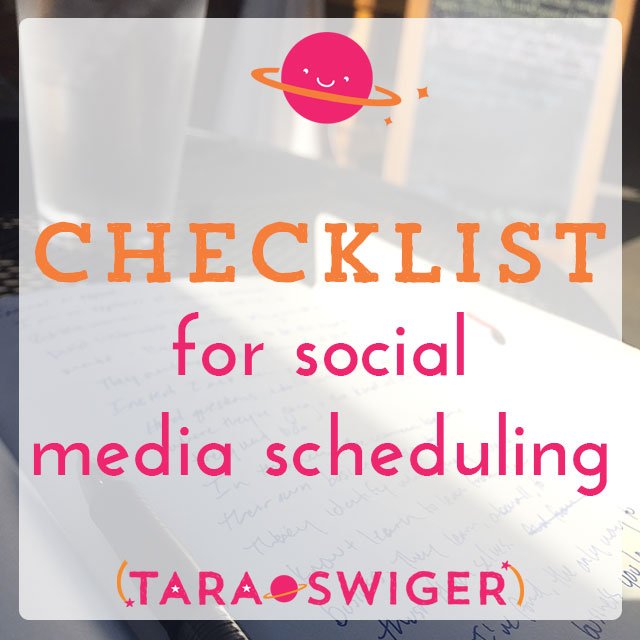

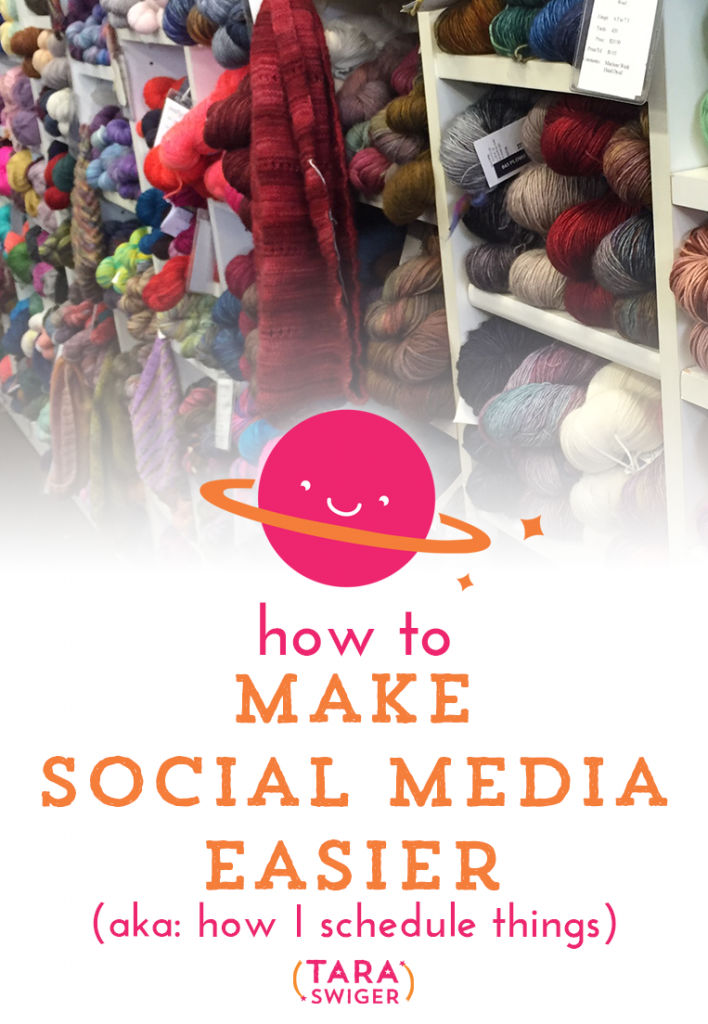


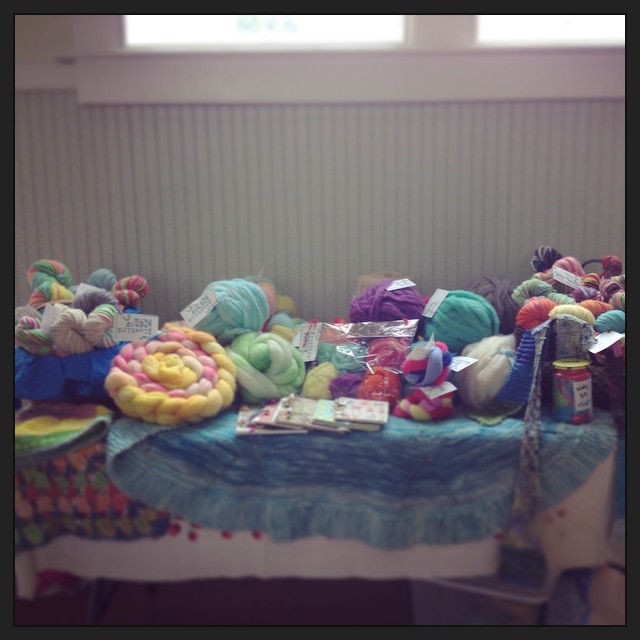


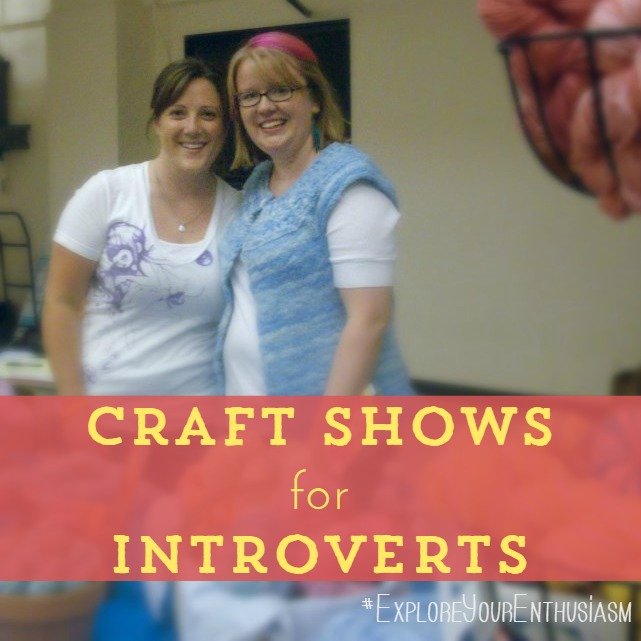

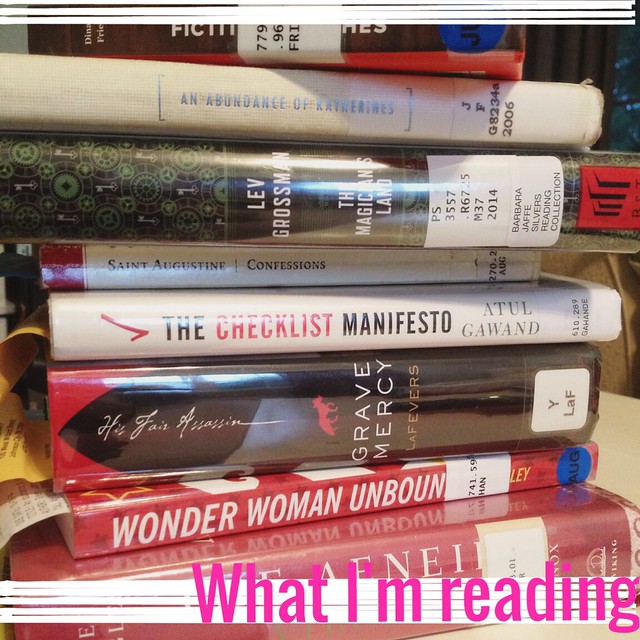

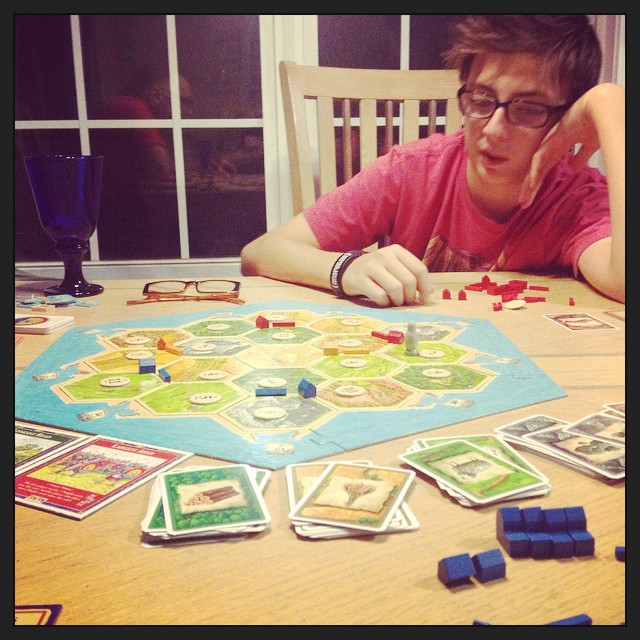
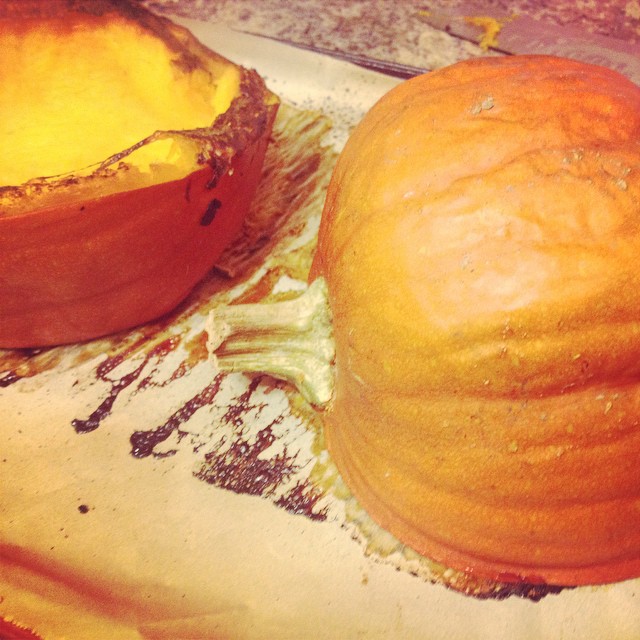
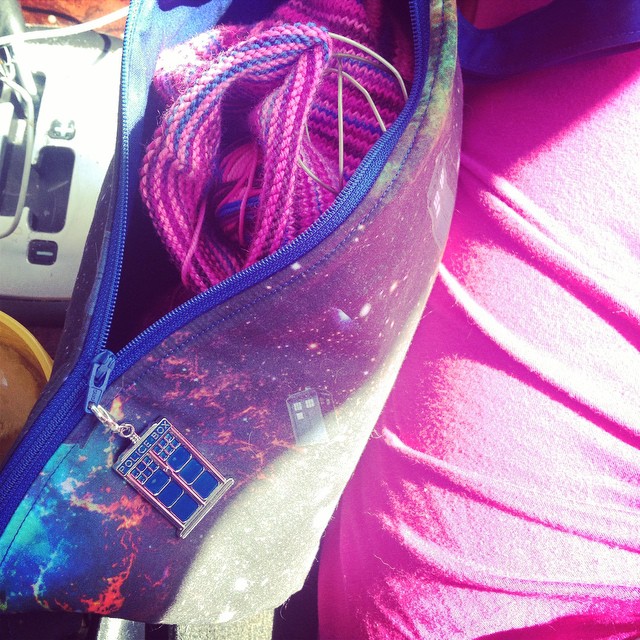
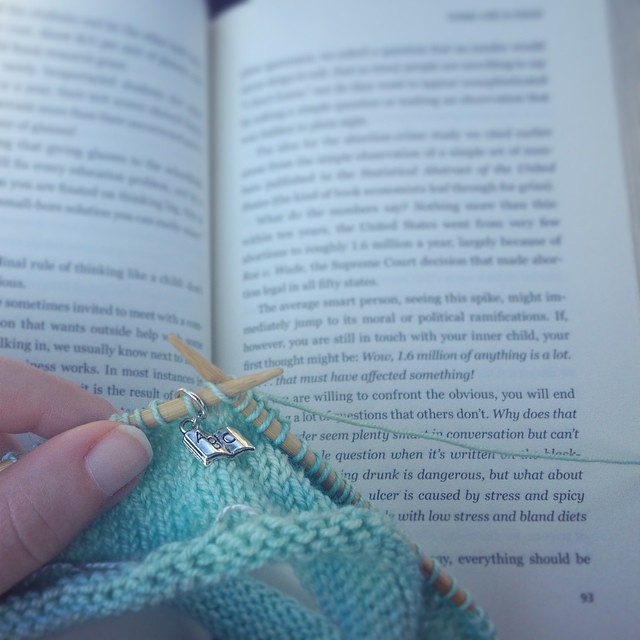

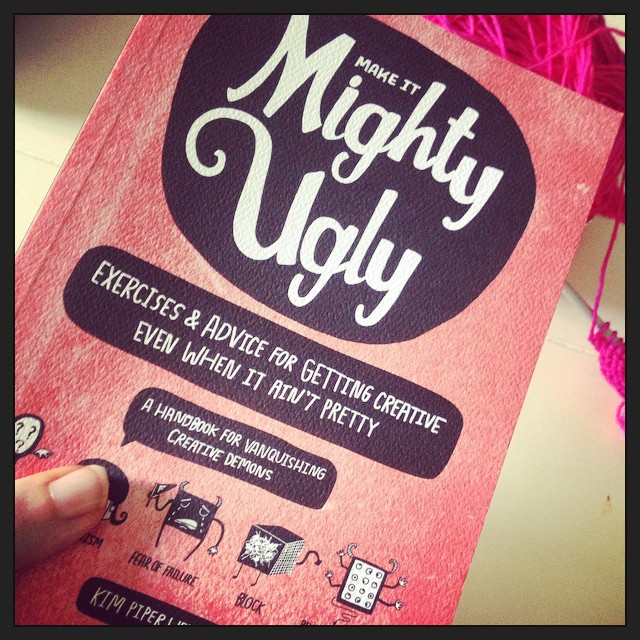
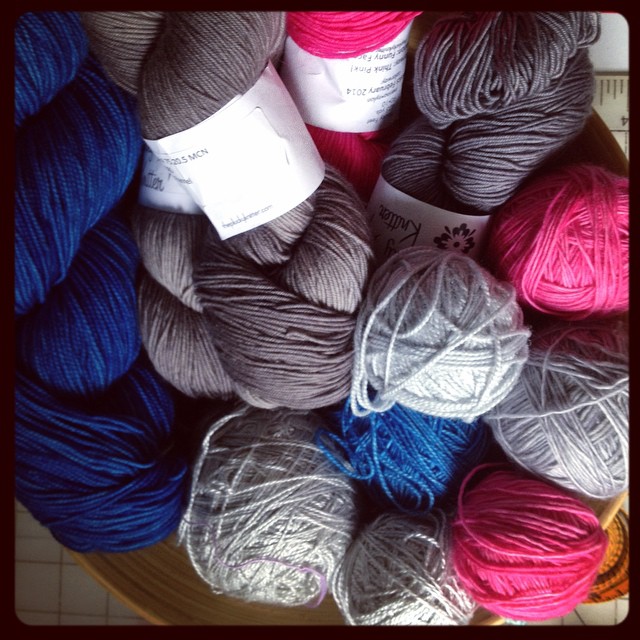
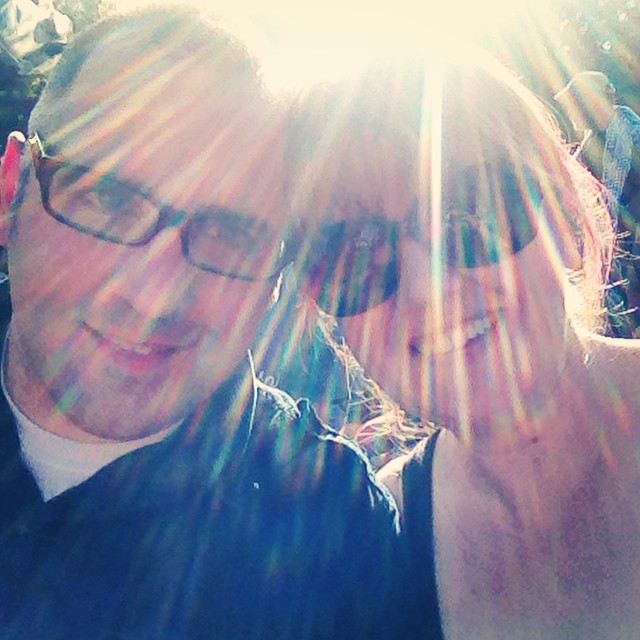
 Overwhelmed by all there is to do in your handmade business?
Overwhelmed by all there is to do in your handmade business?









 I try to make it to the Starship chats every week. I find that Tara's questions help me look back at my whole week (instead of just the past day or two) and see what I've accomplished, where there were challenges, and marvel at how much really got done. Plus, Tara and my fellow Starshippers are great at brainstorming ideas and finding a way past the maze of “shoulds” and “buts” to some great solutions to seemingly difficult problems.Even if I don't put the advice to work right away, the Starship chats always help me check my course and make sure I'm not about to sail myself off a cliff.
I try to make it to the Starship chats every week. I find that Tara's questions help me look back at my whole week (instead of just the past day or two) and see what I've accomplished, where there were challenges, and marvel at how much really got done. Plus, Tara and my fellow Starshippers are great at brainstorming ideas and finding a way past the maze of “shoulds” and “buts” to some great solutions to seemingly difficult problems.Even if I don't put the advice to work right away, the Starship chats always help me check my course and make sure I'm not about to sail myself off a cliff.




